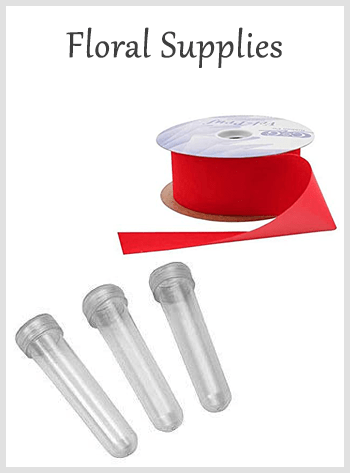Growing Carnations: A Beginner’s Guide
Carnations are timeless flowers cherished for their beauty, fragrance, and versatility. Whether you’re starting your first garden or expanding your existing one, growing carnations is a rewarding and relatively straightforward endeavor. In this beginner’s guide, we’ll cover everything you need to know to successfully cultivate carnations and enjoy their blooms in your garden.
Understanding Carnations
What are Carnations?
Carnations, scientifically known as Dianthus caryophyllus, are perennial flowering plants native to the Mediterranean region. They are known for their distinctive ruffled petals and spicy fragrance. Carnations come in a wide range of colors, including pink, red, white, yellow, and bi-color varieties.
Getting Started
1. Choosing Varieties:
- Select from various carnation varieties, including standard, miniature, and spray carnations. Choose colors and types that suit your garden design and preferences.
2. Selecting a Planting Location:
- Carnations thrive in well-draining soil and full sun to partial shade. Choose a location with good air circulation to prevent fungal diseases.
3. Starting Seeds or Transplants:
- Decide whether to start from seeds or transplants. Starting from seeds allows you to choose from a wider variety, while transplants offer a head start. Seeds can be started indoors or directly sown in the garden.
4. Soil Preparation:
- Prepare the soil by incorporating organic matter, such as compost or aged manure, to improve soil structure and fertility. Aim for a slightly acidic to neutral pH.
Planting and Care
1. Planting Seeds or Transplants:
- If starting from seeds indoors, sow them in trays filled with seed-starting mix about 6-8 weeks before the last frost date. Transplant seedlings outdoors after the danger of frost has passed.
- When planting transplants, dig holes slightly larger than the root balls and space them according to the specific variety’s recommendations. Backfill the holes and water thoroughly.
2. Watering:
- Keep the soil consistently moist but not waterlogged, especially during hot and dry periods. Water at the base of the plants to avoid wetting the foliage, which can lead to fungal diseases.
3. Fertilization:
- Fertilize carnations regularly with a balanced fertilizer to promote healthy growth and abundant blooming. Follow the instructions on the fertilizer package for application rates and frequency.
4. Deadheading and Pruning:
- Remove spent flowers regularly to encourage continuous blooming and prevent the plant from diverting energy into seed production. Prune back leggy stems to maintain a compact growth habit.
5. Mulching:
- Apply a layer of organic mulch around carnation plants to conserve moisture, suppress weeds, and regulate soil temperature. Keep the mulch a few inches away from the stems to prevent rotting.
Pest and Disease Management
1. Pests:
- Keep an eye out for common pests such as aphids, spider mites, and thrips. Control infestations using insecticidal soap or neem oil.
2. Diseases:
- Prevent fungal diseases such as powdery mildew and botrytis blight by providing good air circulation and avoiding overhead watering. Remove and dispose of any infected plant material promptly.
Conclusion
Growing carnations is a rewarding experience that allows you to enjoy the beauty and fragrance of these classic flowers in your garden. By following this beginner’s guide and providing proper care, you can cultivate healthy carnation plants that will reward you with colorful blooms season after season. With a little patience and attention to detail, you’ll soon be admiring the charming beauty of your own carnation garden.





Post Comment